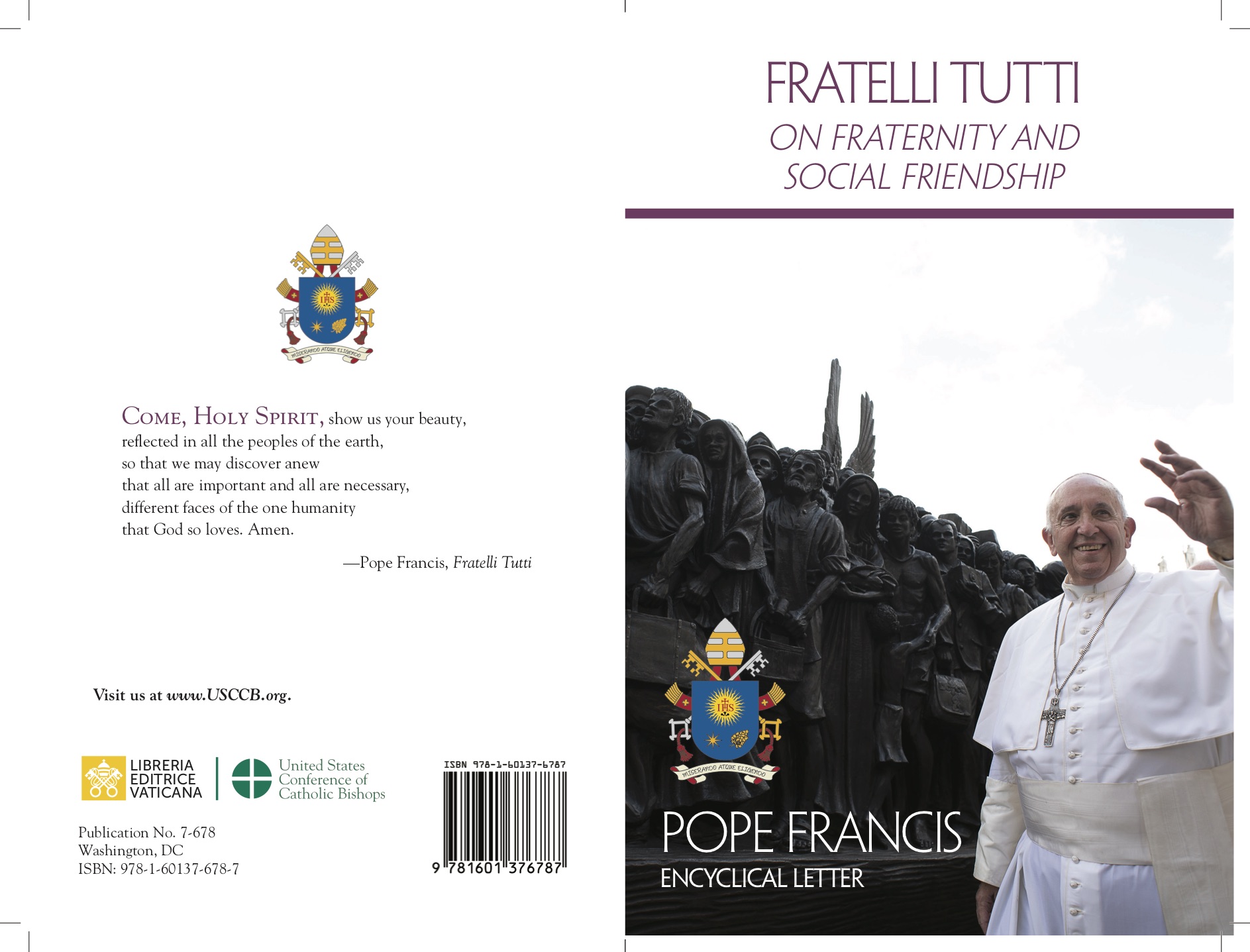
The famous women and anonymous models that inspired Caravaggio’s works are characterised by a pronounced naturalism. Here, we see both fighting women and silent pilgrims. The exhibition Caravaggio 2025 has been organized to coincide with this year’s Jubilee by the Gallerie Nazionali di Arte Antica, in collaboration with the Galleria Borghese and under the patronage of the Direction Generale dei Musei and the Ministry of Culture.
While Judith and Holofernes displays the distinctive marks of a battle of the sexes, and the shrewd gypsy with the young, noble yet naive man in Good Fortune alludes to the polarity of social conflict, the exhibition introduces visitors to a completely new vision of the female universe.
In Saint Catherine, the drama of death and the violence of martyrdom are not directly perceptible through the gaze. The saint is not spiritualized, and there are no heavenly signs to recognize. It is as if she is listening at the moment she is captured in the painting to when the axe pierces her robe and violates her soul. The painting does not describe a noble acceptance of suffering but rather a “dialogue” with the instrument that prepares her for the ultimate sacrifice. Martyrdom as an inner pilgrimage?
The last painting Caravaggio created just before his death shows Saint Ursula, who, pierced by an arrow, atones for her refusal to marry the king of the Huns. The scene is reduced to an image devoid of space and metaphysics, where the drama of the bodies does not legitimize the pilgrimage. In the act of lowering her gaze and touching the wound, Caravaggio contrasts the despair of death and the failure to overcome violence with interiority, while emphasizing introspective vision. Transcendence is enclosed in the image of the arrow, which prevents her from perceiving anything around her. The spiritualization of the gaze signifies an inner pilgrimage.
These women become pilgrims of hope for those who today contemplate their heroism and audacity.
by Yvonne Dohna Schlobitten





 Purchase the Encyclical here Fratelli Tutti
Purchase the Encyclical here Fratelli Tutti